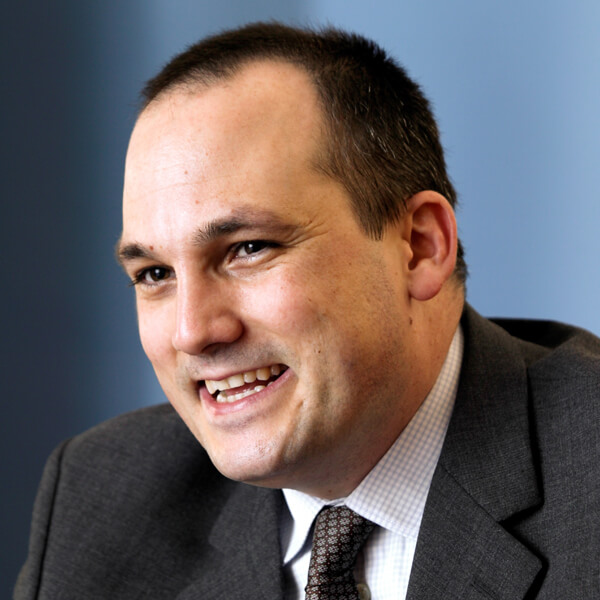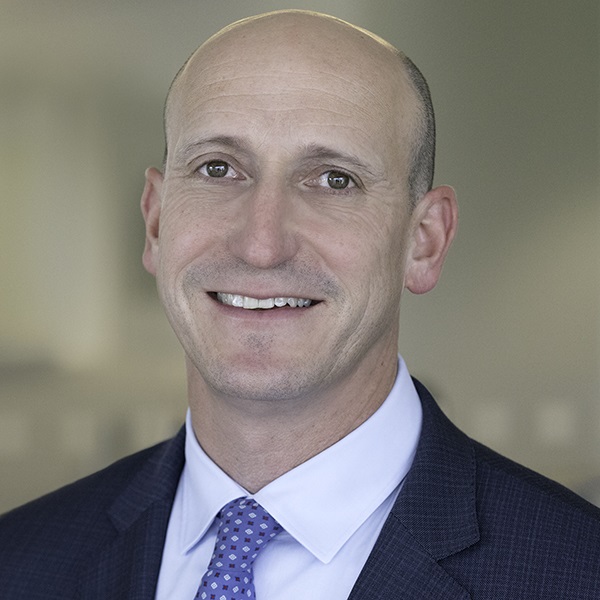2. Cash might not be as attractive as you think
Investors went from risk averse to loss averse in 2023. Fearful investors shifted billions into cash and cash-equivalent instruments. It is natural to look for safety when uncertainty is high. And attractive rates on money market funds and cash equivalents may feel reassuring. But cash might not be as attractive as you think when you consider the opportunity cost.
Investors need look no further than their fourth quarter 2023 statements to see that staying on the sidelines comes with its own risks. The S&P 500, a broad measure of US stocks, advanced 11.69% for the three months ended 31 December, 2023, and the Bloomberg US Aggregate Index, a broad measure of the US bond market, rose 6.82%.
Investors still on the sidelines could be missing out on future opportunities and putting their long-term goals at risk. ”I believe we’re on the cusp of a major transition where long-term investors can find attractive investment opportunities in stocks and bonds,” says Mike Gitlin, president and chief executive officer of Capital Group.
3. Innovation is alive and well, but diversification matters
Breakthroughs in artificial intelligence (AI) have captivated the world and sent share prices soaring for a handful of mega-cap tech companies. Some of these leading-edge firms will likely continue to be at the forefront of innovation as AI applications roll out across the economy, impacting the way we live and work. NVIDIA, for example, designs powerful computer chips needed to run AI applications, and Microsoft co-owns the popular AI app ChatGPT. But their recent successes have resulted in a US stock market that is more concentrated than it was in the dot-com era.
As of December 2023, the 10 largest companies in the S&P 500 accounted for 30.9% of the market capitalisation compared with a 26.6% weighting for the 10 largest companies in March 2000.
With such a small number of US tech stocks generating a sizable portion of overall market returns, the potential benefits of diversification weren’t obvious last year. But, broad diversification across regions and industries remain a hallmark of portfolios positioned to help investors pursue their objectives through market cycles.
“Given the level of economic uncertainty heading into this year, I believe diversification is as essential as ever,” says portfolio manager Lawrence Kymisis, “And I believe there are promising investment opportunities among US tech leaders, as well as dividend payers and leading global companies.” Indeed, Europe and Asia are home to pioneers in other industries, from aerospace to factory automation. For example, France’s Safran, the world’s top producer of narrow-body aircraft engines, is developing engines in partnership with General Electric that could reduce emissions by 20%. In Japan, SMC is a leader in robotic equipment components and semiconductor production.
4. The comeback story in bonds may just be getting started
Bonds have recently failed to offer the relative stability and diversification investors have grown to expect. In 2022, bonds declined in tandem with stocks for a full calendar year for the first time in 45 years. Bond market volatility continued for much of 2023.
But the picture has brightened considerably in recent months. With inflation falling faster than expected, the Federal Reserve has indicated it is done raising interest rates — news that triggered a fourth-quarter rally across bond markets. The end of a tightening cycle has historically been a good time to own bonds.
What’s more, given that yields have risen significantly across credit sectors — and that any slowdown in the economy could trigger rate cuts — bonds could be the comeback story of 2024. “Bonds may soon return to their basic roles of offering income and diversification from equity market downturns,” says Oliver Edmonds, a portfolio manager.
5. There are always reasons not to invest, but markets have been resilient
“In my 25 years in the investment business, I have never known a good time to invest. There are always a dozen good reasons why it makes sense to wait,” said Graham Holloway, the late chairman of American Funds Distributors. “Today is no exception … interest rates, the president, constant strife in the Middle East, excessive government regulations and a Congress that is more a part of the problem than part of the solution. A cautious person might be tempted not to invest under those circumstances — unless he wanted to take advantage of an opportunity.”
Those words could have been said yesterday, but they were spoken in May 1981, another time of uncertainty in markets. News drives turbulence in the short term, but company fundamentals drive markets in the long term.






